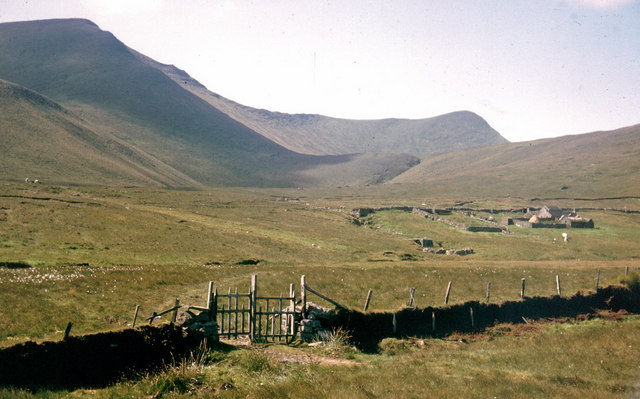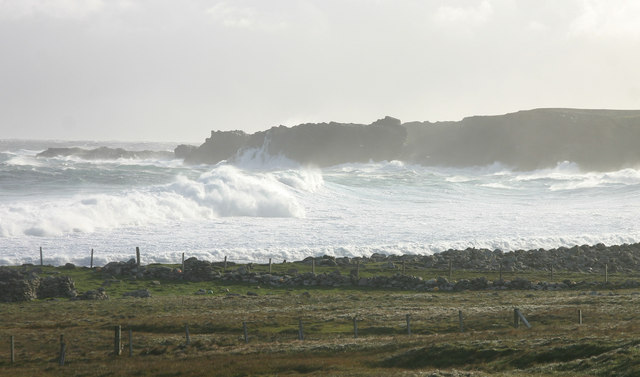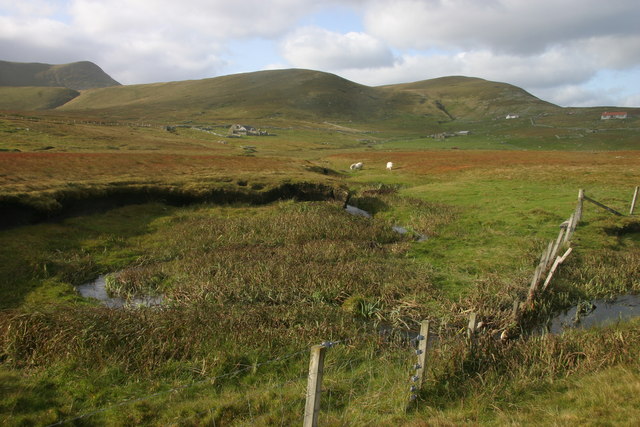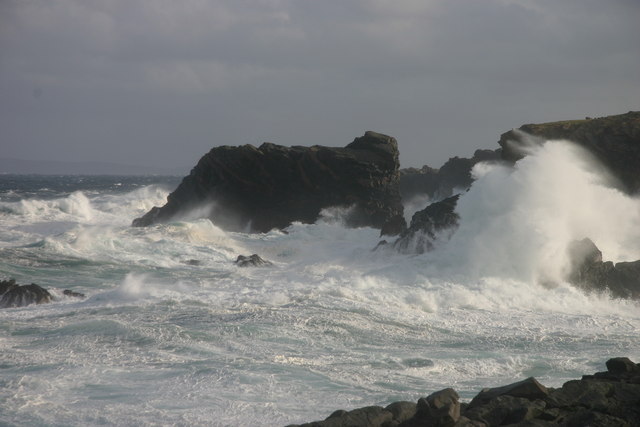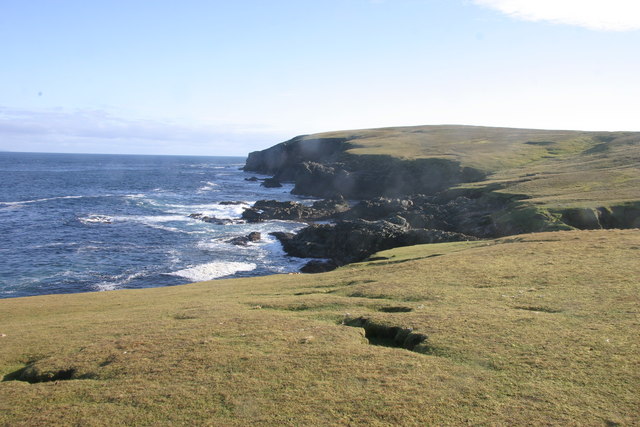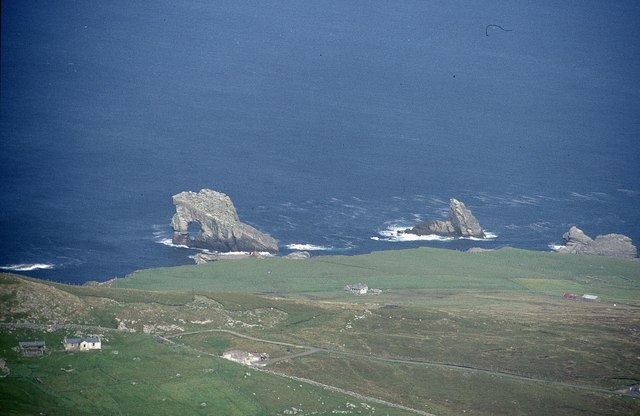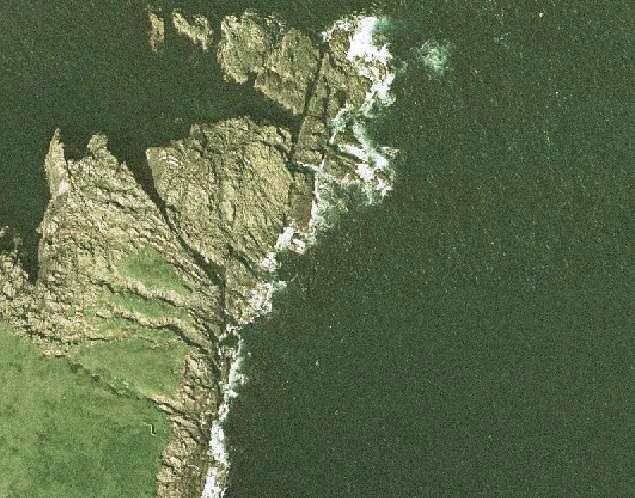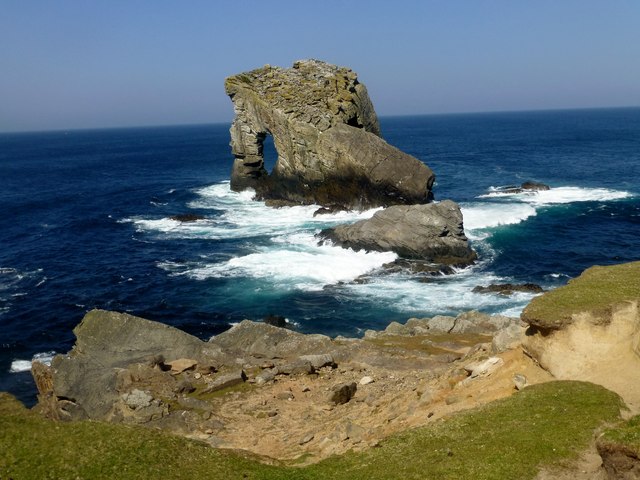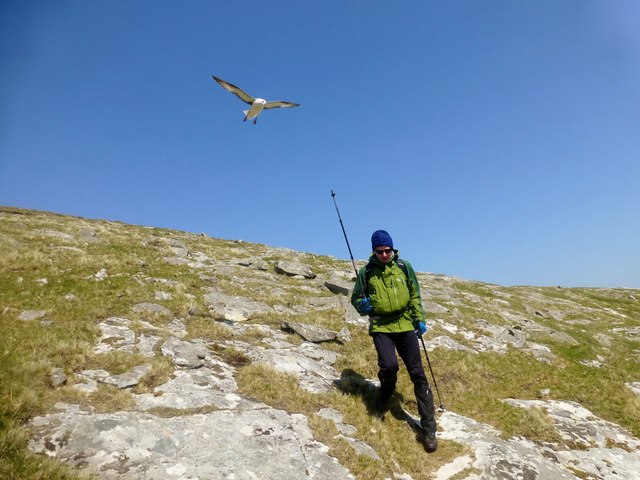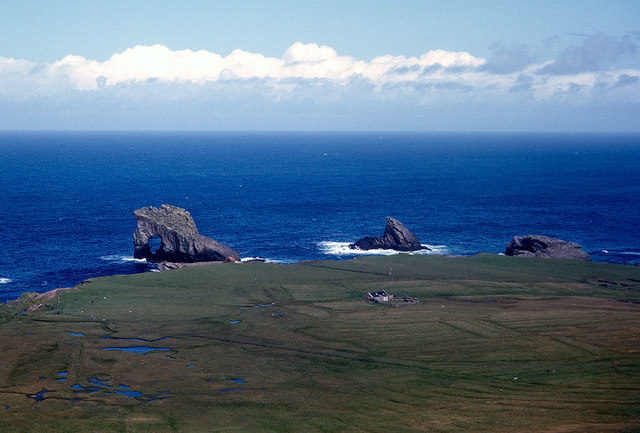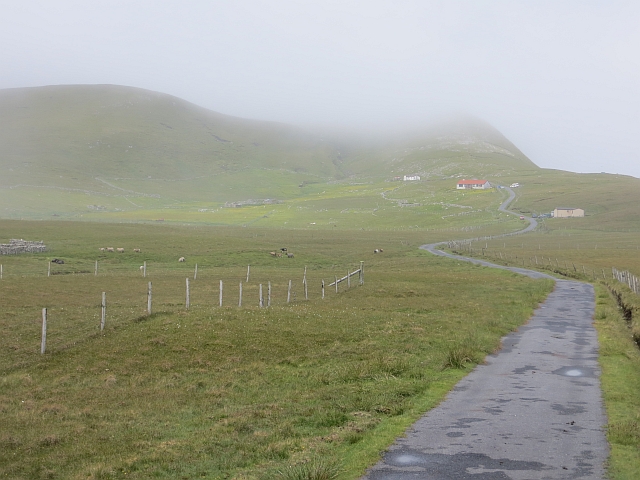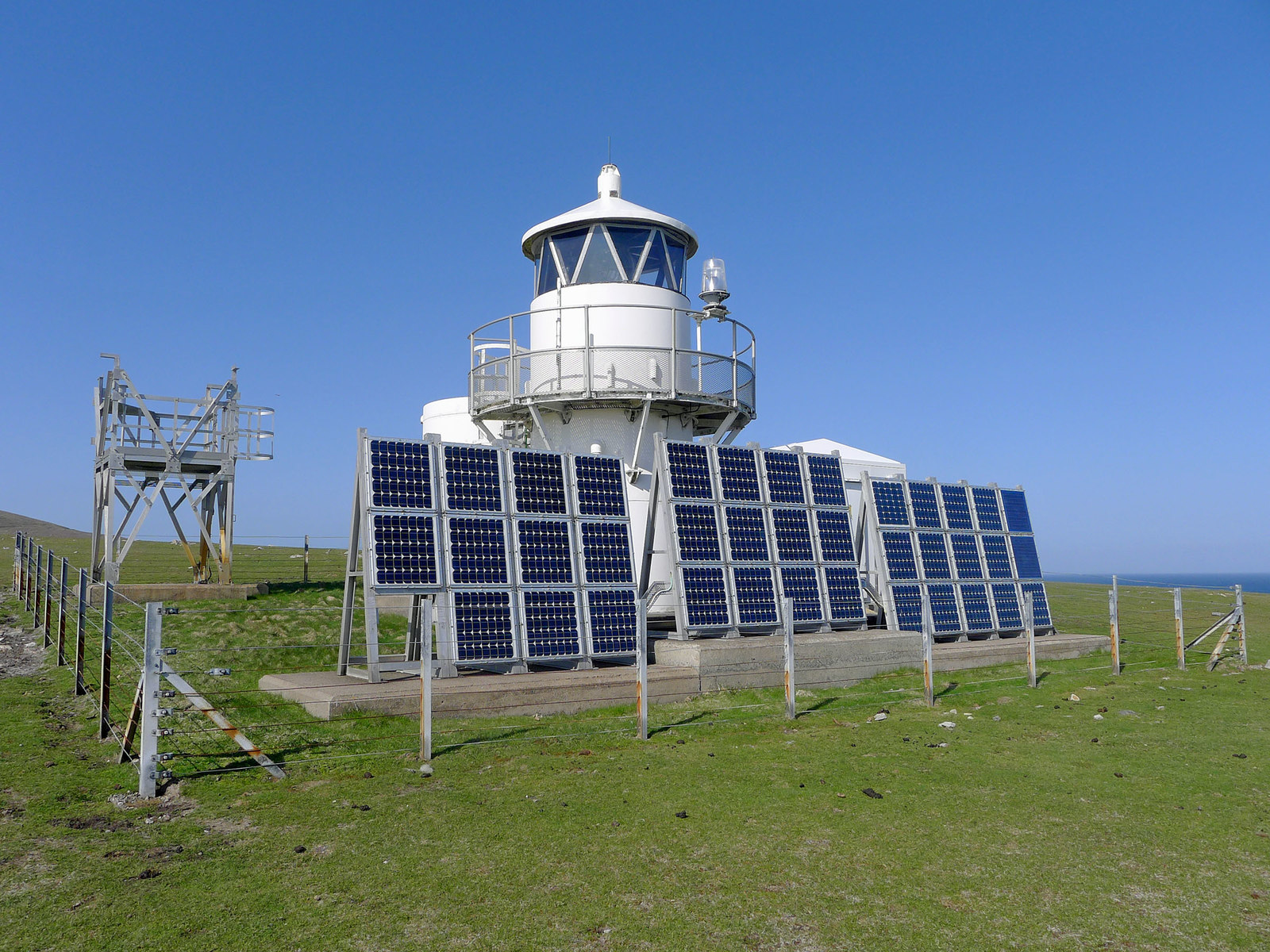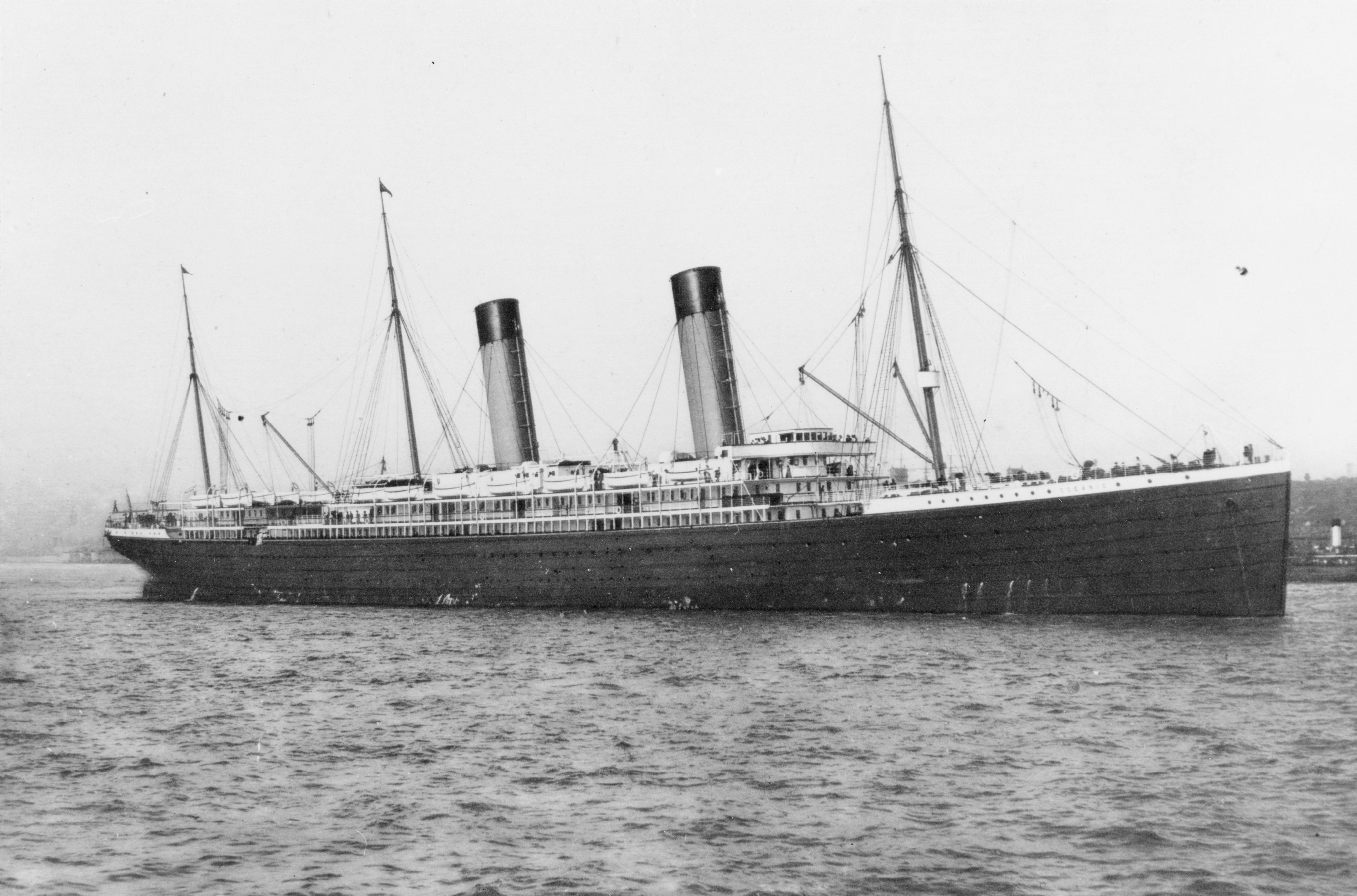Muntavie Stack
Island in Shetland
Scotland
Muntavie Stack
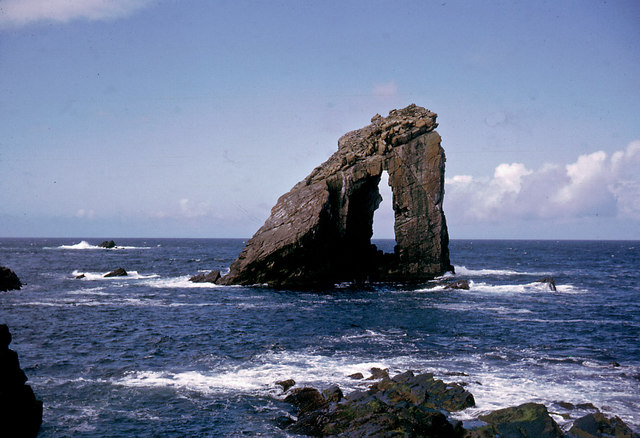
Muntavie Stack is a prominent sea stack located off the coast of Shetland, an archipelago in Scotland. Situated near the northern tip of the Shetland Mainland, this natural formation rises majestically from the turbulent waters of the North Atlantic Ocean.
Muntavie Stack is renowned for its towering height, reaching approximately 70 meters (230 feet) above sea level. It is composed of rugged, weathered sandstone, providing a stunning contrast against the surrounding cliffs and the deep blue sea. The stack's distinct shape, featuring a narrow base that widens towards the top, adds to its visual appeal.
Access to Muntavie Stack is challenging and can only be achieved by boat or by undertaking a demanding coastal hike. Its remote location and unspoiled surroundings make it a popular destination for adventure seekers, photographers, and nature enthusiasts. The stack offers breathtaking views of the surrounding coastline, including the dramatic cliffs and the vast expanse of the ocean.
The area surrounding Muntavie Stack is home to a diverse range of wildlife, including various seabird species such as puffins, guillemots, and razorbills. Visitors may also catch glimpses of seals, dolphins, and even whales in the waters below.
Muntavie Stack is a natural wonder that showcases the raw beauty of Shetland's rugged landscape. Its towering presence and remote location make it a must-visit destination for those seeking a unique and awe-inspiring experience in this picturesque part of Scotland.
If you have any feedback on the listing, please let us know in the comments section below.
Muntavie Stack Images
Images are sourced within 2km of 60.155647/-2.0575183 or Grid Reference HT9641. Thanks to Geograph Open Source API. All images are credited.
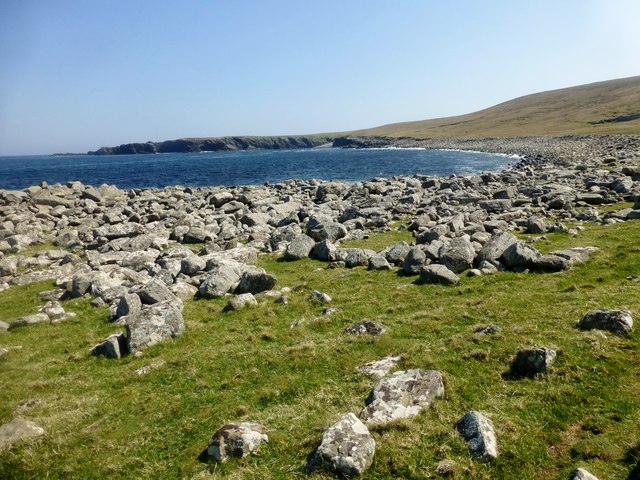
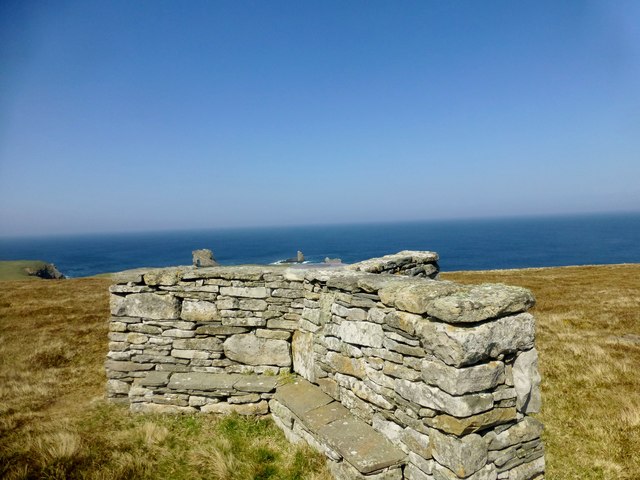
Muntavie Stack is located at Grid Ref: HT9641 (Lat: 60.155647, Lng: -2.0575183)
Unitary Authority: Shetland Islands
Police Authority: Highlands and Islands
What 3 Words
///growth.tarred.galaxy. Near Walls, Shetland Islands
Nearby Locations
Related Wikis
Foula
Foula (), located in the Shetland archipelago of Scotland, is one of the United Kingdom's most remote permanently inhabited islands. Owned since the turn...
Foula Airfield
Foula Airfield (IATA: FOA) is an airfield located on the remote island of Foula, part of the Shetland Islands in the north of Scotland. == History == The...
RMS Oceanic (1899)
RMS Oceanic was a transatlantic ocean liner built for the White Star Line. She sailed on her maiden voyage on 6 September 1899 and was the largest ship...
Nearby Amenities
Located within 500m of 60.155647,-2.0575183Have you been to Muntavie Stack?
Leave your review of Muntavie Stack below (or comments, questions and feedback).
